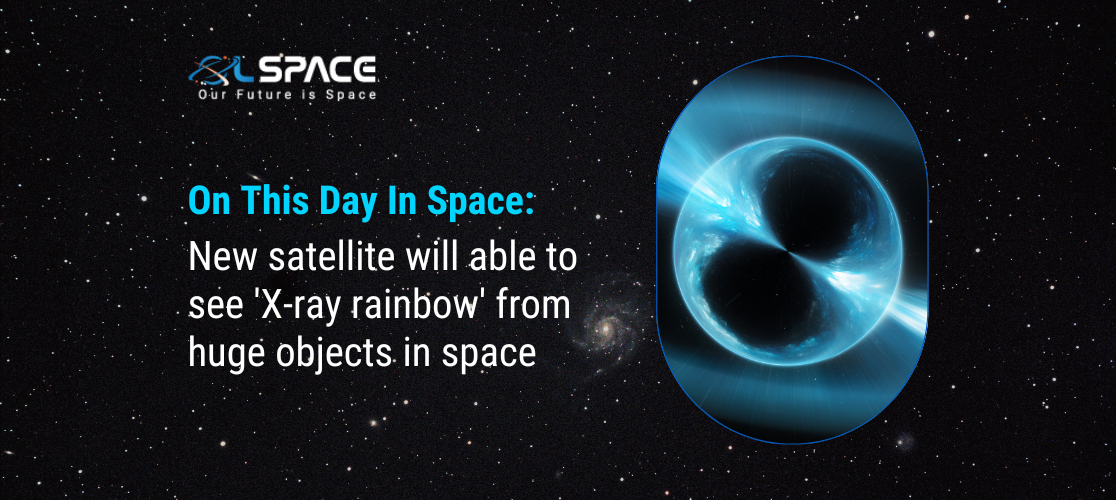31 July 2023
New satellite will able to see ‘X-ray rainbow’ from huge objects in space

The satellite from JAXA and NASA will get a front-row seat to high-energy events in the distant universe.
We’ll soon get sharper vision on cosmic X-rays.
A new satellite aims to study huge objects in the universe, using instruments able to measure the heat of a single X-ray photon. The X-ray Imaging and Spectroscopy Mission (XRISM — pronounced “crism”) will analyze X-rays using the widest field-of-view instrument ever implemented in this kind of imaging probe.
The instrument will be able to “pry apart high-energy light into the equivalent of an X-ray rainbow,” according to a NASA statement. XRISM is scheduled to launch from Japan’s Tanegashima Space Center on Aug. 25 (August 26, Japan time zone). Exact time of day has not yet been announced. When the mission launches, you can watch it live here at Space.com.
XRISM is being led by JAXA, with collaboration from NASA and scientific participation with the Canadian and European space agencies.
“The mission will provide us with insights into some of the most difficult places to study, like the internal structures of neutron stars and near-light-speed particle jets powered by black holes in active galaxies,” Brian Williams, XRISM project scientist at NASA’s Goddard Space Flight Center, said in an agency statement. (Active galaxies are large collections of stars with an unusual amount of energy being produced in the center.)
The satellite will use a pair of instruments to study massive cosmic phenomena. Examples include the effects of extreme gravity on the behavior of matter, emissions from dense, city-sized star cores known as neutron stars, distant particle jets, and black hole rotations.
